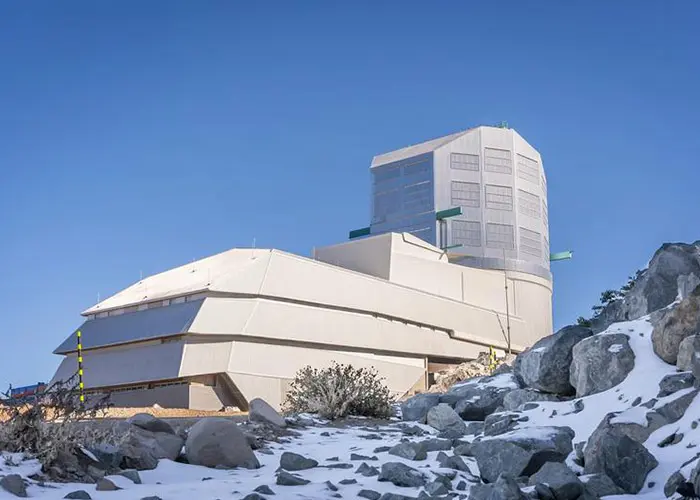A world-first discovery of binary stars could be the first step in building a more complete picture of how our galaxy formed, according to astronomers from The Australian National University (ANU).
The discovery is part of an ambitious 10-year…

A world-first discovery of binary stars could be the first step in building a more complete picture of how our galaxy formed, according to astronomers from The Australian National University (ANU).
The discovery is part of an ambitious 10-year…